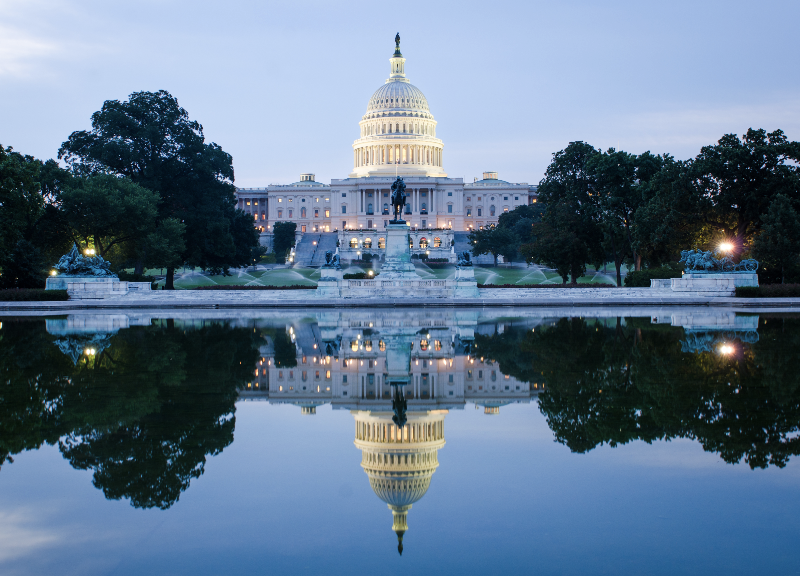In the 2024 presidential campaign, President-Elect Donald Trump proposed a new tax deduction for auto loan interest payments. Under current law, auto loan interest is not deductible. If it were, how might this work?
The tax code makes available two main types of deductions: above-the-line and itemized. The home mortgage interest deduction (HMID) is an example of an itemized deduction. Itemized deductions are available only to filers who choose not to take the standard deduction. In 2020, about 10 percent of people itemized, and most of those filers had high incomes.
Business expenses or educator expenses are examples of above-the-line deductions available to all filers. An above-the-line deduction reduces adjusted gross income, and thus taxable income. A filer ultimately pays less in taxes with less taxable income, because of our progressive income tax.
What might this policy cost? Although uncertainty remains how it would be structured and implemented, TPC’s Len Burman estimates an unlimited above-the-line deduction could cost as much as $10 billion per year.
Here’s how he got there: According to the Federal Reserve, about $39 billion in new car loans were issued by finance companies (the primary source for such loans) in the second quarter of 2024, at an average interest rate of 6.34 percent. The interest paid over an average loan term of 66 months would add up to about $7.3 billion. The lifetime interest payments for new car loans issued in 2024 would be about $29 billion.
Using a 20 percent average tax rate, the tax revenue on that $29 billion paid by borrowers (money that would otherwise be taxed if borrowing filers took no above-the-line deduction) would total about $6 billion. That means an above-the-line deduction of that money would provide borrowing filers at least a $6 billion tax cut. (The actual federal revenue loss would be higher because some people get loans from sources not included in the Federal Reserve’s new car loan totals.)
This $6 billion cost does not include loans from sources not included in the Federal Reserve estimate, such as bank loans. It would grow even higher if:
- The deduction encourages people to buy more cars, buy more expensive cars, and reduce the size of their down payments.
- The deduction is also available for used car purchases. Used car loans were about $27 billion in the third quarter of 2023. Those borrowers would have lower incomes on average and face a lower tax rate, so the average value of the deductions for this group would be lower.
Roughly accounting for these factors, the total cost of the deduction could be as much as $10 billion a year.
This revenue loss could be less if:
- The deduction is an itemized deduction, only available to those who don’t take the standard deduction.
- The amount of deductible interest was capped.
To learn more about this topic, visit the Federal Reserve’s “Nuts and Bolts of Today's Auto Finance Market.”
